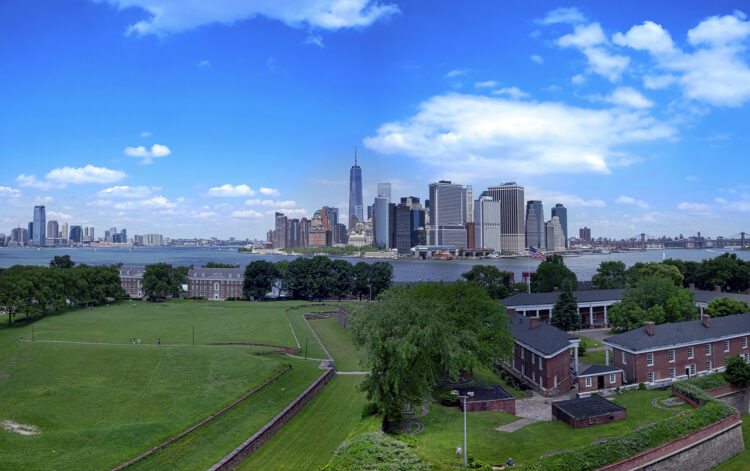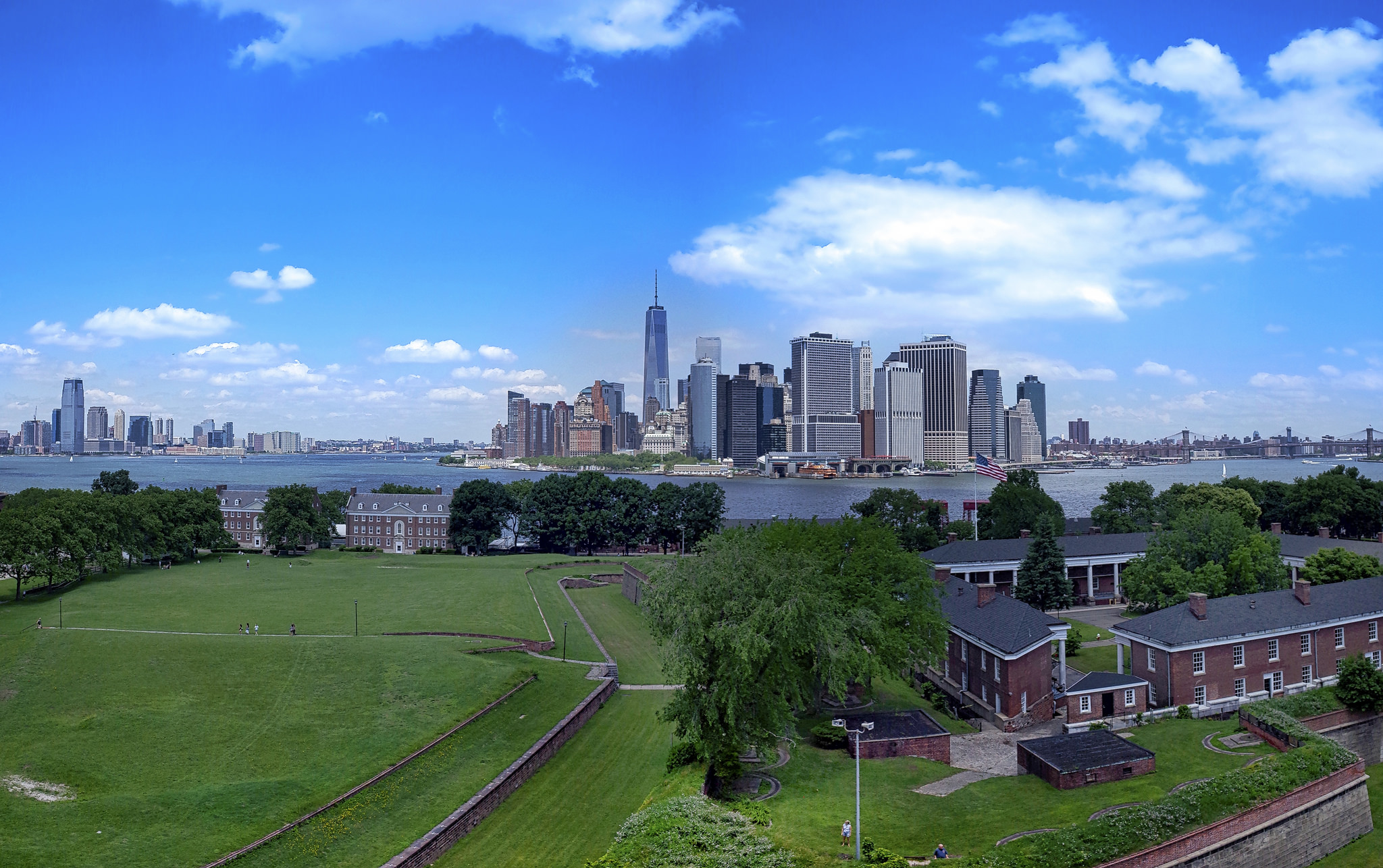With major media publishers abandoning their midtown digs and heading south, 2015 is looking like a year of great migration for the publishing industry. As Manhattan’s media hub shifts from Times Square to lower Manhattan, the Financial District (FiDi) is well positioned to not only be a hub for established publishers, but a breeding ground for the young and hungry startups that help service it. Attracting the same types of new startups and innovative industry leaders that helped reinvigorate Flatiron and Dumbo before it, FiDi is about to enter a kind of renaissance. There are several reasons why:
Financial incentives
Chiefly, the move downtown has extreme financial advantages. Forward-thinking publishers that ditch pricier midtown real estate are rewarded with rent rebates, which alone are enough to make even the most steadfast Midtowner consider relocating. In 2014, real-estate appraiser Jonathan Miller told The New York Post that the price per square foot in Lower Manhattan was about $70 cheaper than the city’s average, and saved tenants more than $370 per square foot, when compared to some of the swankier zip codes in town. In addition to shedding large rent expenses, some businesses can expect to qualify for subsidies or grants. The city of New York has made a conscious effort to support a booming neighborhood and keep publishers from fleeing to more affordable neighboring cities. The Financial District also provides easier access to southern Brooklyn, which means a much quicker commute for many journalists, who increasingly now call that (slightly) more budget-friendly borough home. Startups and their employees can enjoy similar advantages, if they simply move south.
Open architecture
Sure, the current publishing hub in midtown offers well-known addresses at super accessible locations, but it’s difficult to argue that the amenities offered cater to the needs of today’s modern workforce. Midtown’s aging buildings – many from the 40s, 50s, and 60s – no longer function as desired business environments in a time when millennials are demanding a work culture that promotes openness and creativity. Midtown offices are often cramped, outdated and lined with cubicles; to remodel would be a costly time investment, especially for startups looking to get into the business. As the Financial District builds up, newer, flashier buildings offer these very amenities that Times Square lacks. Modern architecture allows for more open and collaborative work spaces, which foster creativity and connection – essential for emerging businesses. Existing businesses benefit from these luxuries as well, which allow them to start anew and reimagine their management and workflow styles.
The big guys are doing it
I know, I know. The classic trope about bridges your mother always warned you about; “if all your friends moved down to the FiDi, does that mean you would, too?” In this case, the answer should be yes. Ever the trendsetter, Condé Nast, was among the first major media companies to set up shop at One World Trade Center in the city’s Financial District, and not long after, Time Inc and Newsweek followed suit. Rumors have it that News Corp and Fox might be next. Veteran publishers have the power to shape an entire industry, and together, can revitalize an entire neighborhood. These forward-thinking publishers can embody change for the media industry as a whole. It’s essential for smaller publishers and the startups that support the media industry to make the move as well, in order to stay relevant and involved in these crucial conversations that help shape the future of media. There’s no better way for companies to be involved with these conversations than to rub elbows with the major players, in the places they now exist. Regardless of industry, it’s always about networking, networking, networking.
It’s clear that Lower Manhattan has the potential to become the next epicenter for both the old and the new guard of the media industry. It’s rare that emerging companies have the opportunity to help shape a new frontier for an industry and for an entire city, so when I brought my company to the U.S. earlier this year, I recognized this trend and understood the benefits of being part of the movement. As is the standard in NYC, years from now, FiDi will be unrecognizable from what it is today, built up as a cultural hub and media industry beacon for the entire country.
Image credit: CC by Nestor Rivera Jr




